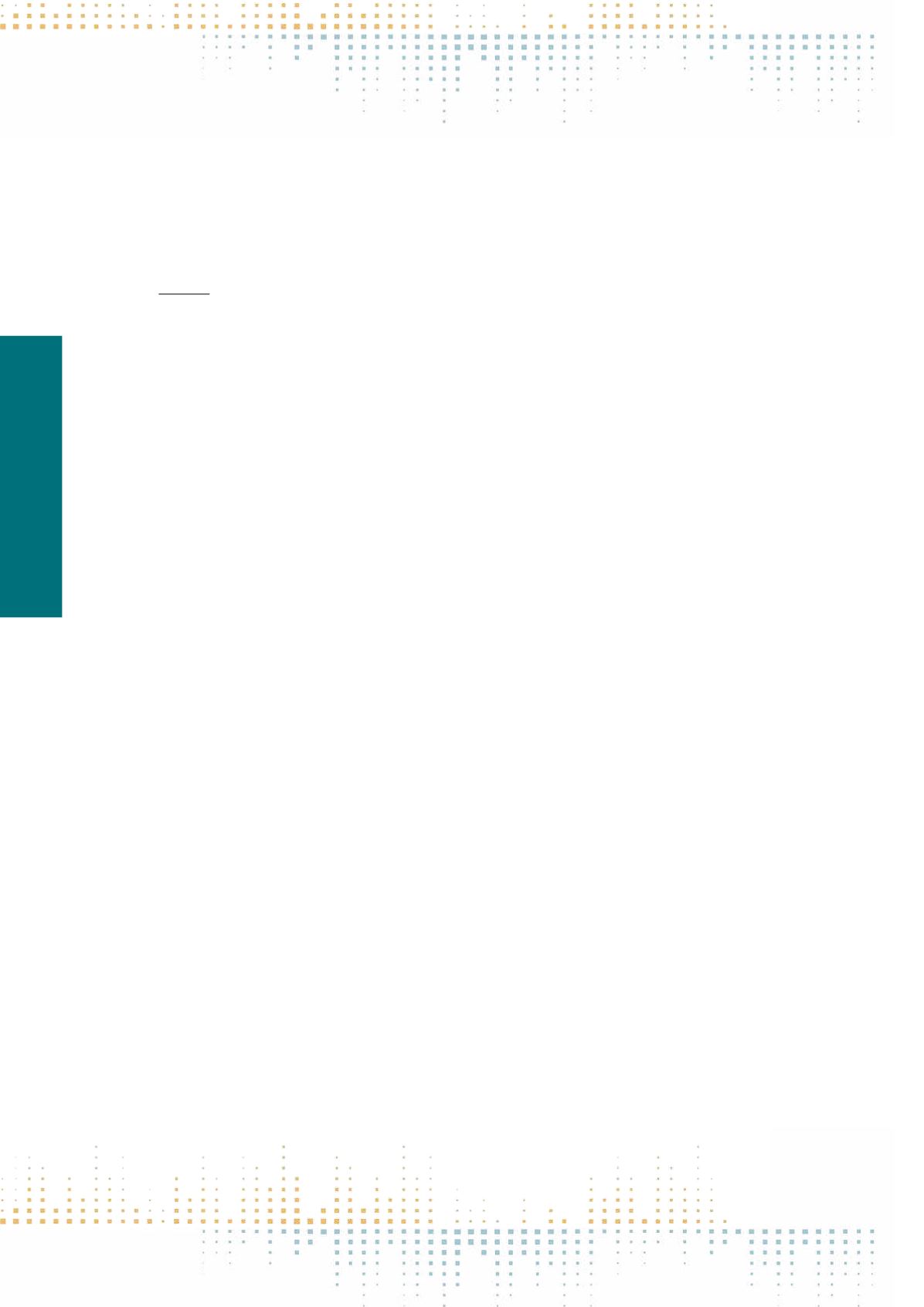

184
Friday, November 11
0 9 : 0 0 – 1 0 : 3 0
and exclusion (Georgiou: 2013) many Muslim Somali migrant women experience. Furthermore, this paper also shows Somali women’s interaction with
other social and cultural groups in digital space by social network visualization. Through this visualization, I further examine the way(s) cultural plurality
and notion of Europe is perceived and experienced by Somali migrant women on digital platforms. References: Leurs, K. and Ponzanesi, S. 2013.“Intersec‑
tionality, Digital Identities and Migrant Youth.”In C. Carter et al. (eds.), Routledge Companion to Media and Gender. London: Routledge, 632–642. Davis, K.
2008.“Intersectionality as a Buzzword.”Feminist Theory, 9 (1): 67–85. Georgiou, M. 2013. Media and the City: Cosmopolitanism and Difference. Cambridge:
Polity Press. Nakamura, L. 2002. Cybertypes. Race, Ethnicity and Identity on the Internet. New York: Routledge.
PN 187
Not All the Roads Lead to Rome: Romanian Women’s Digital Strategies to Overcome Social Borders in the Capital City
C. Minchilli
1
1
Utrecht University, Media and Culture Studies, Utrecht, Netherlands
Rome is the Italian City that welcomes every year the highest number of migrants and receives the highest number of applications for international pro‑
tection (ASGI, 2015). Despite its multiethnic social milieu, it is very hard to consider Rome a cosmopolitan City, since integration policies have hardly been
successful and the local public administration proved to be unprepared to the arrival of such copious fluxes of migrants, particularly in the last two decades.
This complex situation caused and is causing social tension and power imbalances in the urban space, leading to a further marginalisation of migrants, and
to the growth of right-wing anti-immigration movements. Within this tense scenario, Romanian migrants have been one of the most affected diasporic
communities of this social and political marginalisation (McMahon, 2015). Keeping a gender-sensitive focus, my intention is to problematise the role that
digital technologies have on Romanian women’s patterns of resettlement in Rome, inquiring if and howmodern digital devices are used as tools for political
resistance, social solidarity and to build a sense of belonging within a hostile environment. For this purpose, I will privilege an intersectional analysis which
takes into account multiple elements - such as class, sexual orientation, education, age - within a post socialist conceptual framework, looking at Romanian
women’s digital activities and participation to local e-diasporas. More specifically, this paper aims to examine the ways through which Romanian women
use digital technologies to negotiate with structural borders that, as Brah (1996) argues, ‘far from being mere abstractions of a concrete reality’, gravely
impact on their offline lives, inquiring on their multiple strategies to find a space of agency or to build their ‘flexible citizenship’ (Leurs, Ponzanesi, 2013),
within and between these borders. References: ASGI (Associazione Studi Giuridici sull’Immigrazione), 2015. Il Sistema Dublino e l’Italia: un Rapporto in
Bilico;
http://www.immigrazione.it/docs/2015/Sistema-Dublino-e-Italia-un-rapporto-inbilico.pdfBrah, A. 1996. Cartographies of Diaspora. Contesting
Identities. London: Routledge. Leurs, K. and Ponzanesi, S. (2013).“Intersectionality, Digital Identities and MigrantYouth.”In C. Carter et al. (eds.), Routledge
Companion to Media and Gender. London: Routledge, 632–642. McMahon, Simon (2015). Immigration and Citizenship in an Enlarged European Union:
The Political Dynamics of Intra-EU Mobility. UK: Palgrave Macmillan.



















